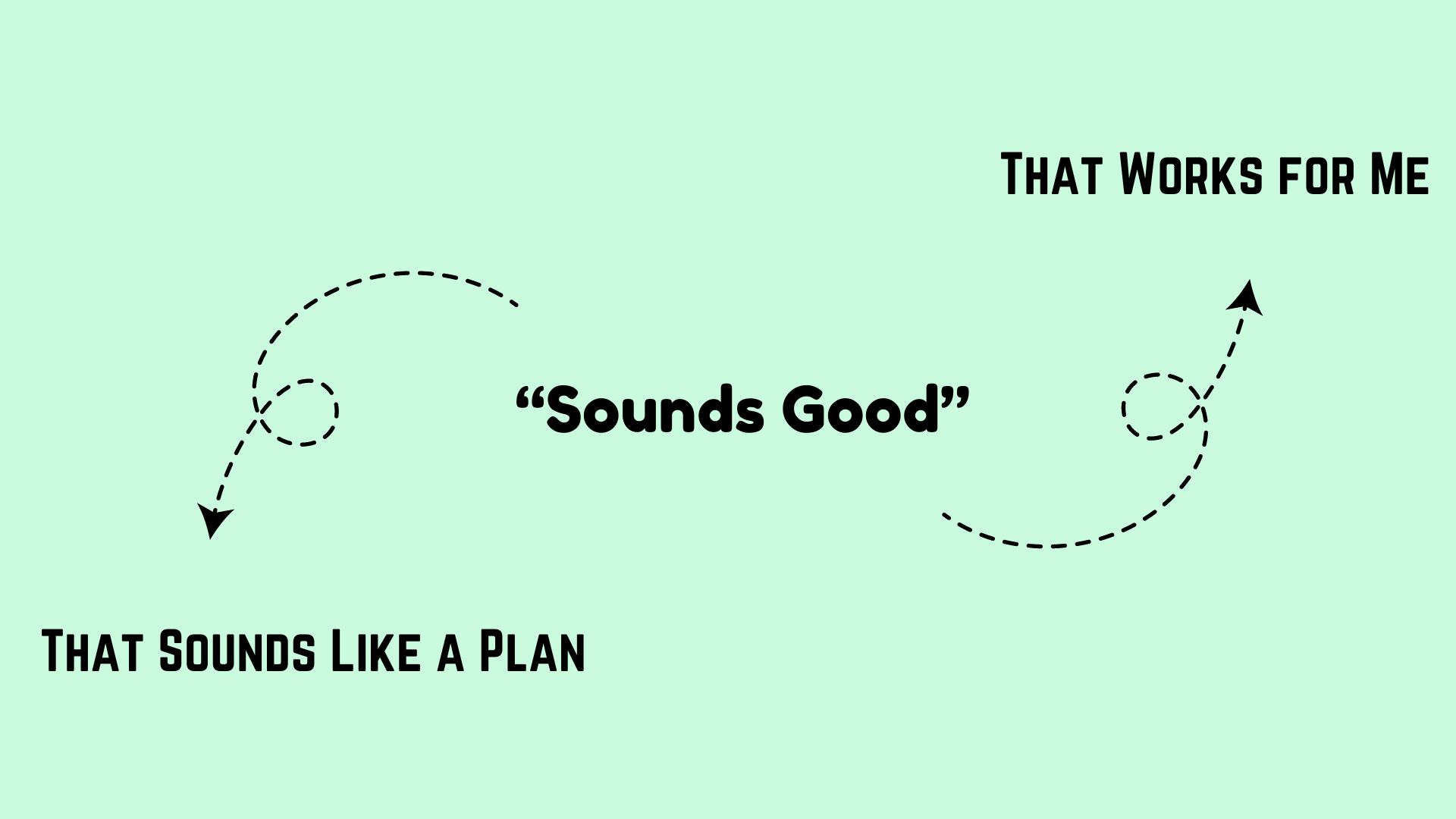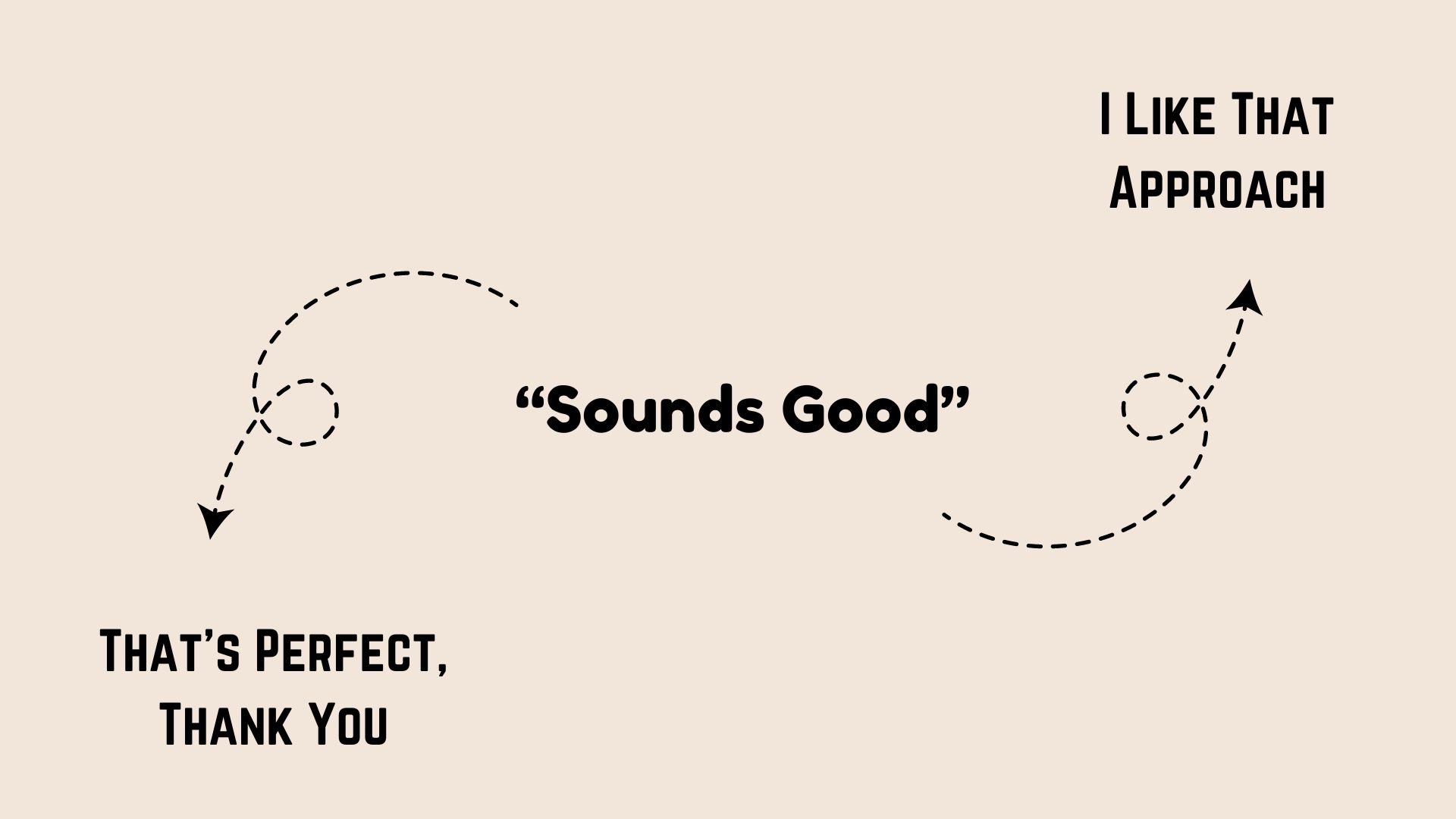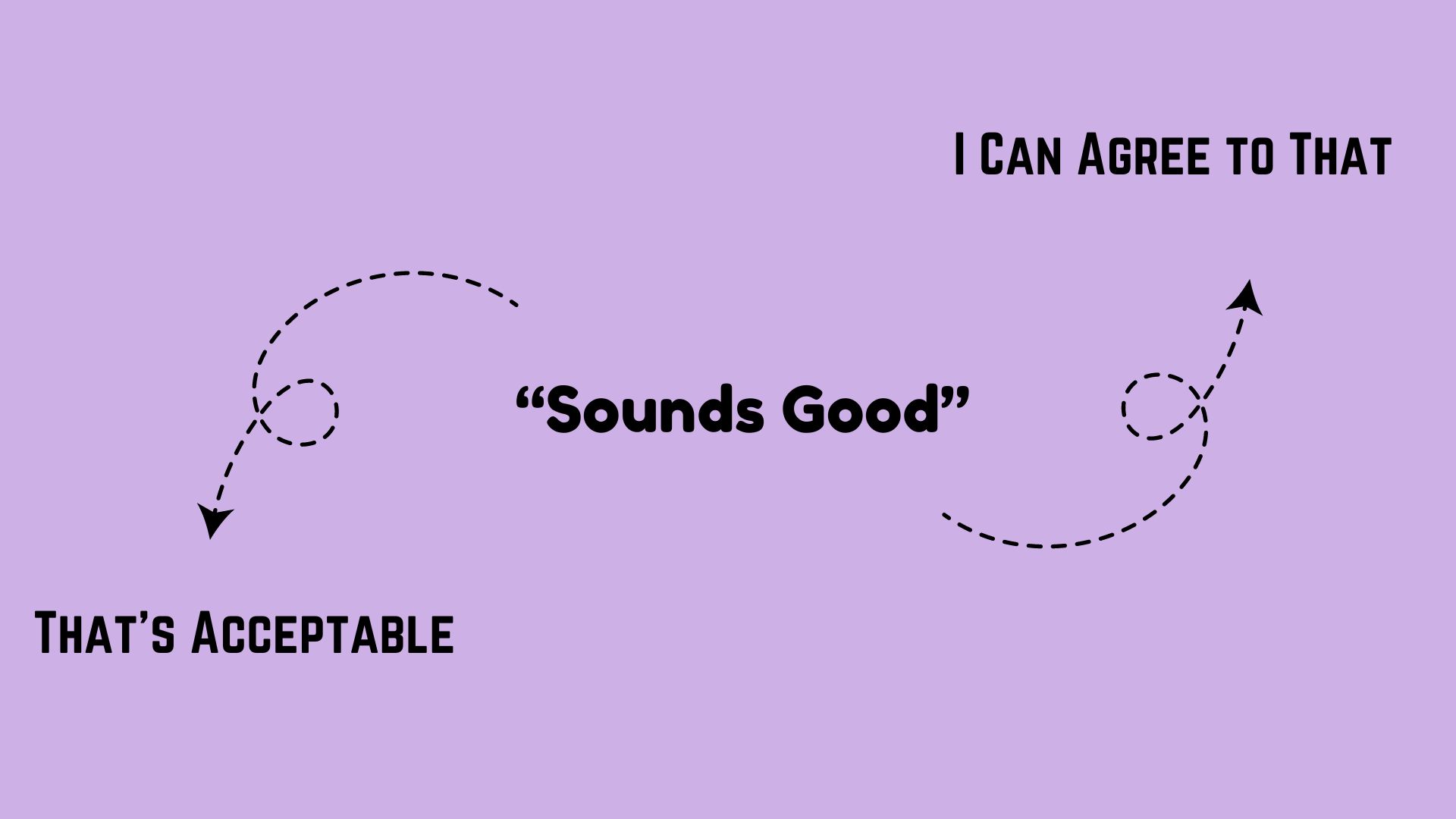Responding positively in a professional setting can affirm decisions, agree on plans, or simply express your approval in an engaging manner. Here are 22 professional ways to say “Sounds good,” each with an example and a use case to help you communicate effectively and positively in the workplace.
1. That Works for Me
Example: “That works for me; let’s proceed with that plan.”
Use Case: Ideal for confirming agreement on a proposed plan or schedule.
2. I Agree with That Approach
Example: “I agree with that approach; it seems like the most efficient solution.”
Use Case: When you want to show your support for a specific strategy or method.
3. I’m on Board with That
Example: “I’m on board with that; it aligns well with our objectives.”
Use Case: Useful when expressing alignment with the team’s goals or directives.
4. That Sounds Like a Plan
Example: “That sounds like a plan; let’s schedule it for next week.”
Use Case: When finalizing arrangements or next steps in a meeting.
5. I Think That’s a Great Idea
Example: “I think that’s a great idea; it could really boost our efficiency.”
Use Case: To enthusiastically endorse a suggestion or idea.

6. Absolutely, Let’s Go for It
Example: “Absolutely, let’s go for it; I think it will yield good results.”
Use Case: Showing strong agreement and readiness to proceed with a proposed action.
7. That’s Perfect, Thank You
Example: “That’s perfect, thank you for organizing this.”
Use Case: Expressing satisfaction with arrangements or plans made by someone else.
8. I Like That Approach
Example: “I like that approach; it covers all our bases.”
Use Case: When a proposed plan or strategy meets all the necessary criteria.
9. That’s Exactly What I Was Thinking
Example: “That’s exactly what I was thinking; it should work well.”
Use Case: Confirming that a proposal or idea aligns perfectly with your own thoughts.
10. Sounds Like a Good Strategy
Example: “Sounds like a good strategy; let’s discuss the specifics.”
Use Case: When approving a strategic direction with a note to delve deeper into the details.

11. I Support That Decision
Example: “I support that decision; it’s a sensible move.”
Use Case: Offering your backing for a decision made during a discussion.
12. That’s Agreeable
Example: “That’s agreeable; shall we finalize it then?”
Use Case: When you are ready to agree formally to a proposal and move forward.
13. That Will Work Well
Example: “That will work well for our current needs.”
Use Case: Affirming that a plan or idea fits well with the present requirements or conditions.
14. I’m Happy with That
Example: “I’m happy with that; it addresses all my concerns.”
Use Case: When a solution or proposal successfully addresses previous concerns you’ve raised.
15. It Looks Good to Me
Example: “It looks good to me; let’s proceed with the implementation.”
Use Case: Approving a final check or review before moving ahead with implementation.

16. I’m Pleased with This Direction
Example: “I’m pleased with this direction; it reflects our discussions.”
Use Case: Acknowledging that the progress or direction taken is in line with previous discussions.
17. Let’s Stick with That
Example: “Let’s stick with that; it’s been effective so far.”
Use Case: Advocating to continue with a current plan or strategy that has been effective.
18. That’s a Good Way to Go
Example: “That’s a good way to go; I believe it will lead to success.”
Use Case: When you want to affirm a choice or path that you believe will be successful.
19. I Can Agree to That
Example: “I can agree to that; it meets our requirements.”
Use Case: When you want to formally agree to a proposal that meets all discussed stipulations.
20. That’s Acceptable
Example: “That’s acceptable; we can work with those terms.”
Use Case: Expressing consent to proceed under the proposed terms or conditions.

21. It Seems Right to Me
Example: “It seems right to me; how shall we move forward?”
Use Case: Approving a course of action and prompting the next steps.
22. I Concur
Example: “I concur; this decision benefits everyone involved.”
Use Case: A formal way to express agreement, especially in meetings where key decisions are made.
Each of these phrases provides a professional and positive way to express agreement, satisfaction, or enthusiasm for proceeding with proposed plans or ideas, helping to foster a collaborative and affirmative work environment.

